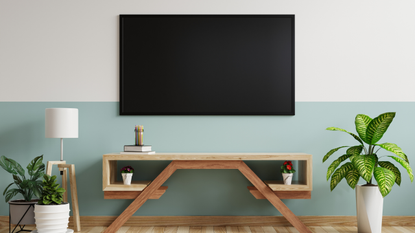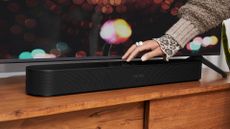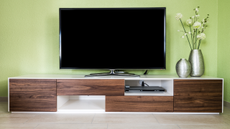The best OLED TVs don't only include the latest models, and there's a really good reason for that: some of the ones that are on sale are incredibly expensive, which puts pressure on the prices of new models, which is potentially brilliant news for anyone looking for the best possible OLED TV for the best possible price.
OLED TVs are among the best TVs you can buy today, with the ultimate in contrast, plus perfect colours and blacks that don't suffer from light bleed. That's because the pixels in an OLED TV generate their own light, which is much more controllable than the backlit required by LED TVs (such as Samsung's QLED range). They're not cheap, but if you're very lucky and get a decent discount you might even see OLEDs creeping into the best TVs under £1000.
Typically the best OLED TVs are fairly big ones: you'll find them in our guides to the best 55-inch TVs and best 65-inch TVs for some time (and occasionally in the best 75-inch TVs) but the cost and complexity of smaller panels means you won't find many OLEDs duking it out with the best 42-inch LEDs. That'll change over time, though.
Best OLED TVs 2023: The top 3
Why you can trust T3 Our expert reviewers spend hours testing and comparing products and services so you can choose the best for you. Find out more about how we test.
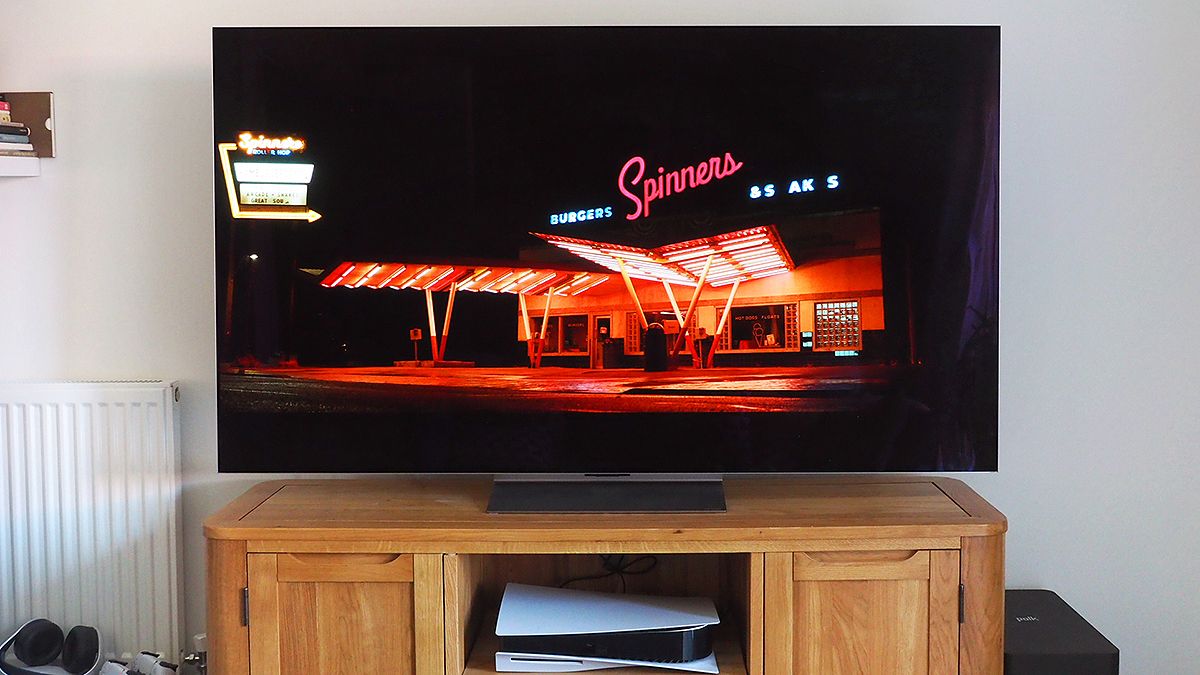
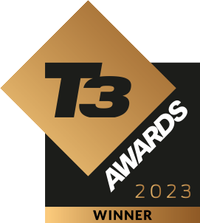
There's a pretty simple reason the LG G3 OLED sits atop our best OLED TVs list: there's no other traditional OLED panel that's brighter. That's thanks to the use of a Micro Lens Array panel that is a step up from the earlier G2 model and, well, any other OLED on the market that we've seen.
As said in our LG G3 review: "[with] the best possible source material it'll reward you with the best possible viewing experience. Traditional OLED picture quality doesn't get better or brighter than this – and cinephiles will see the obvious benefit."
That said, it's a wall-mount only product, so if you want to put it on a stand you'll need to adsorb the extra cost. Not to mention the initial outlay: this is an expensive television, which might make the earlier (and, oddly, better-sounding) LG G2 more appealing if your cash flow has a sensible ceiling. But for those who want the brightest and best, the G3 OLED is the ticket.


Samsung steered clear of the OLED market for the last 10 years or so, and now they've come back in with a bang. Indeed, the Samsung S95B is one of the best OLED TVs you can buy right now – and chances are the even brighter S95C model, which arrives later in 2023, will better it!
The Korean tech giant has described it as a QD-OLED, but what exactly does that mean? Well, it’s a blue OLED that uses Quantum Dot layers (explained here) to create the red and green sub-pixels, which ultimately prevents the blue OLED from decaying faster than the other colours.
Describing the TV in our Samsung S95B review, we said: "the blacks are awesome and the shadows richly detailed, while OLED’s pixel-perfection delivers super-bright and incredibly precise specular highlights. The motion handling is impressive, while a host of cutting-edge features ensures the S95B is a perfect choice for next-gen gamers."
To add to that, we were really impressed by the design which is slick and unobtrusive. Its slim build does mean you lose out a little on sound quality, but that's nothing one of the best soundbars for Samsung TVs can't fix.
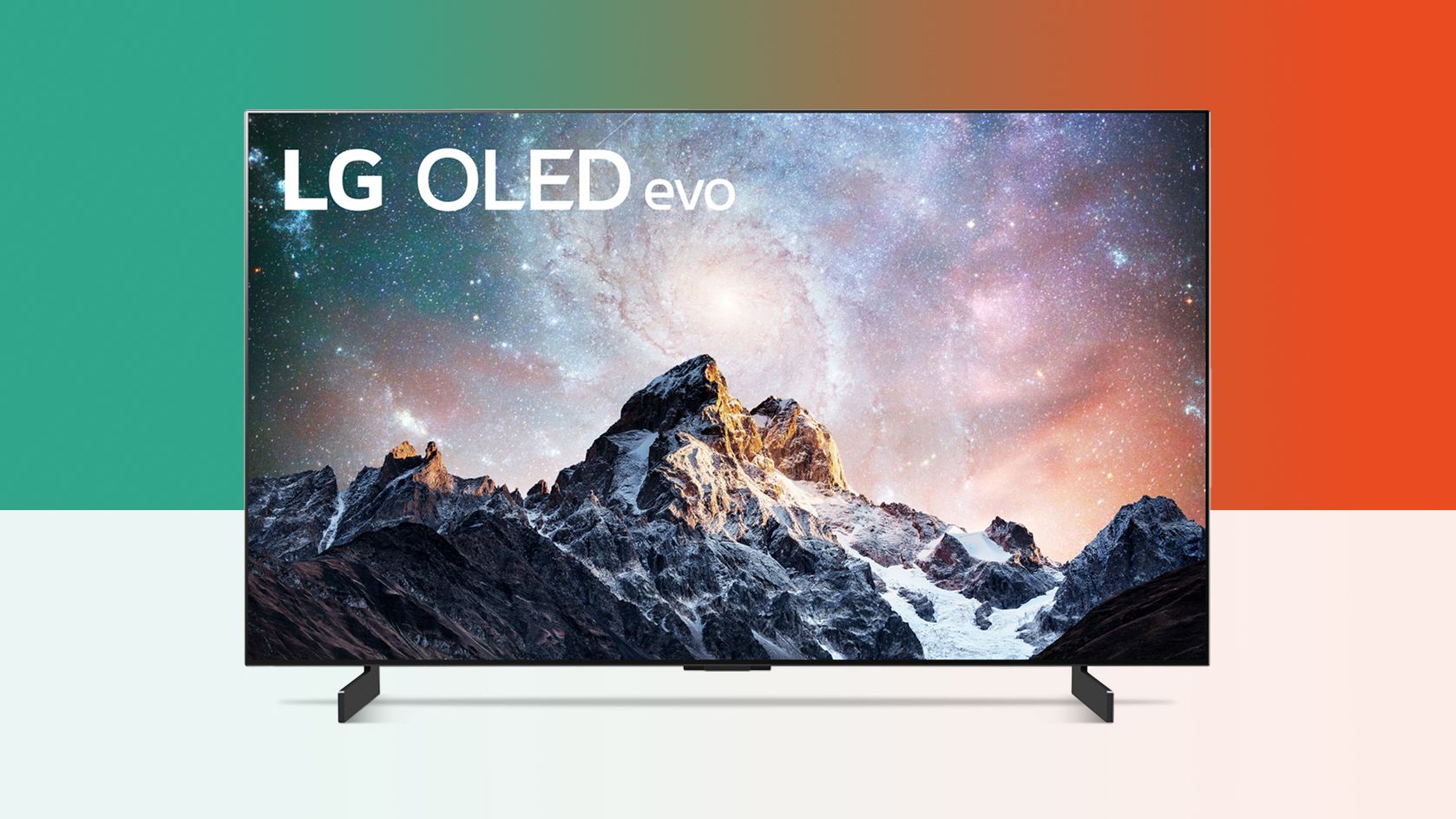

In our LG OLED C2 review we said that this is "the best OLED TV for most people". It takes everything that was great about the earlier LG C1 and adds some very worthwhile improvements. The LG G2 is marginally better but a lot more expensive; this hits the sweet spot between size, quality and price. Our pick is the 65-inch model, but if you're looking for smaller sizes please be aware that the excellent and much brighter OLED panel in this model isn't in the 42-inch and 48-inch models.
And that panel is really rather special. It's the same as the previous model but it's much more efficient, enabling LG to pump up the brightness to deliver even better visuals. Even the newer LG C3 OLED doesn't add more brightness, which is why the C2 remains high in this list.
The C2 features a state-of-the-art image processor for class-leading upsampling, and the presence of multiple HDMI 2.1 ports means this is also one of the best gaming TVs you can buy as well as being impressively future-proof. Thanks to excellent variable refresh rate (VRR) support it's one of the best TVs for PS5 too.
Whether you're a gamer, a movie buff or a box set binger LG's latest OLED TVs raise the bar for picture quality and image processing. The C2 is absolutely gorgeous to watch and delivers a level of realism and immersion that's really rather special. The smaller versions are good, but the larger models are great.
Best OLED TVs 2023: the best of the rest
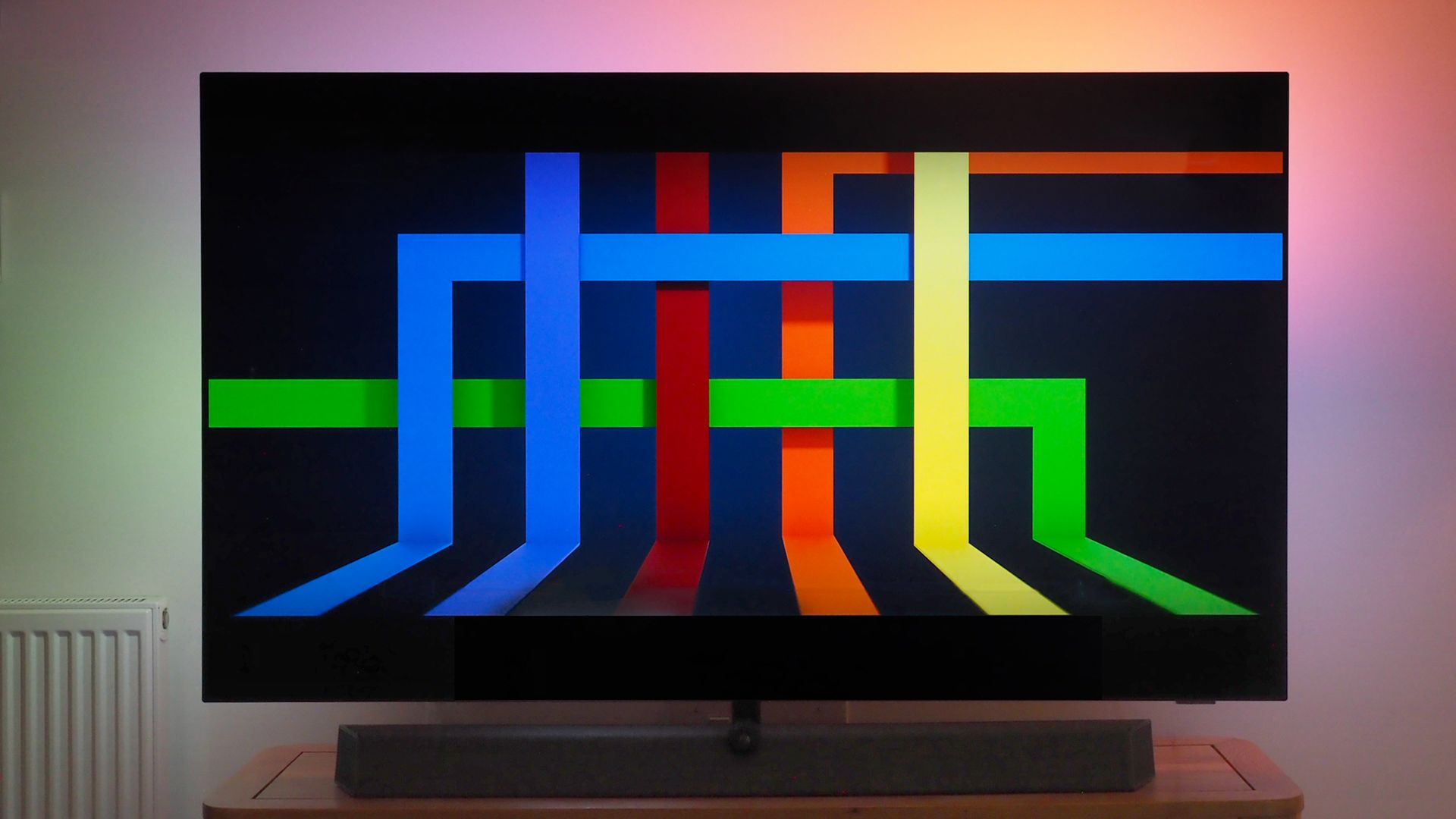

Where the Philips OLED 937 really stands out from the competition is in two key areas: this panel has a built in Bowers & Wilkins soundsystem (some will call it a soundbar), which sounds sublime straight out of the box; it also features Ambilight, which projects real-time lighting beyond the screen and creates an even more immersive viewing experience.
As said in our Philips OLED+937 review: "If you're in the market for a large-screen OLED TV that's a sound and vision extravaganza then this is an absolute stormer. The added bonus of Ambilight to further immersion by projecting onto surrounding walls sweetens the deal."
However, all that extra stuff does mean it's rather expensive, while not everyone will want an integrated sound setup like this if they've already got one of the best soundbars going. But if that's you then, well, look at all the other wonderful options available to you on this very page. There's certainly no shortage of alternatives, but likely none that will be quite as show-off and extravagant as this superb Philips model.
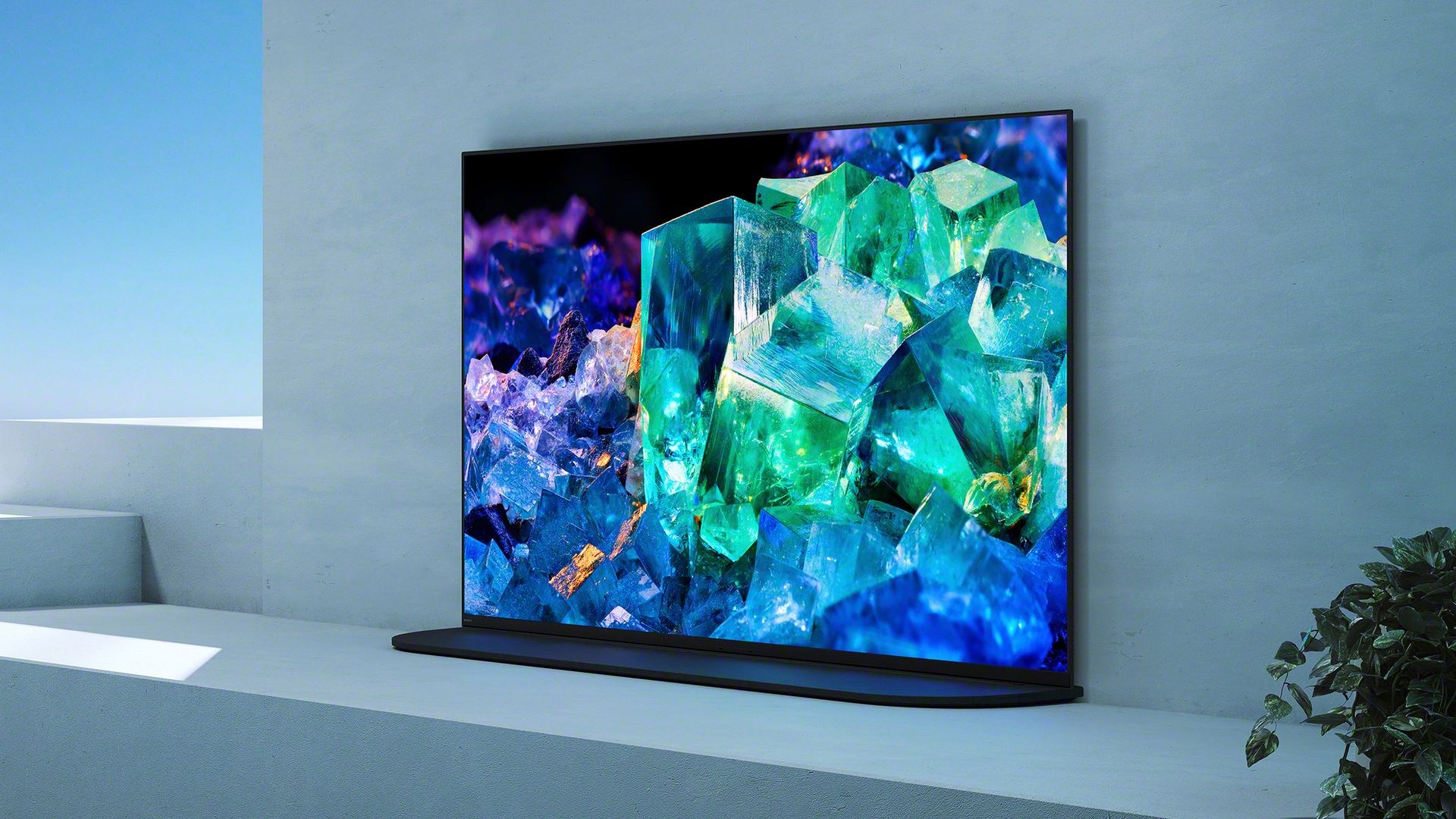

Sony's QD-OLED entry, which takes on the Samsung S95 series head-on, might seem rather a lot lower down our best OLED list. So why's that? Well, it's not about picture quality, more about price – as Sony asks for rather a lot more cash by comparison.
Still, if you can afford it then it's more than worth it. As said in our Sony A95K review: "Sony’s take on QD-OLED technology offers a more controlled and ‘creator’s intent’ approach than Samsung's S95. Add in Sony’s much superior audio system, too, and the A95K is pretty much by default the best all-round 4K TV we’ve ever seen." That's no small praise.
It's not quite perfect, though, as there's some black level issues in bright light, not all HDMI ports are 2.1 type, we don't love the Google smart interface. There is a newer model, the Sony A90K, but that's only available in smaller 42- and 48-inch sizes if that's specifically what you're looking for (and there's no A90L model to replace this).


The former number one spot on this list, the LG G2 has been overtaken by the even brighter LG G3, which is really the pinnacle of OLED technology in 2023. Still, the G2 OLED still has a strong place in the market, partly because it's so much cheaper than its newer brother.
The LG G2 delivers highly detailed, natural-looking images with deep blacks, class-leading contrast and excellent viewing angles, and the only feature that's missing is support for HDR10+. But that's more than compensated for by the Precision Detail here, a Dolby Vision HDR feature that requires serious horsepower.
As we said in our LG G2 review: "the G2 is the complete package". It looks incredible, it sounds incredible, and the webOS smart TV platform is, you guessed it, also incredible. No surprise, then, that it also won the T3 Awards trophy for Best OLED TV 2022.
The LG G2 is also an excellent gaming TV thanks to its next-gen console support and very low lag: the on-screen action is incredibly smooth and detailed, and with four HDMI 2.1 inputs supporting 4K at 120Hz with VRR for Nvidia G-Sync and AMD Freesync as well as the HDMI version it covers all the gaming bases for now and for the long term too.


This is the replacement for the JZ2000, the TV that thinks it's a cinema. Panasonic's flagship TV stands apart from most OLED TVs thanks to its Master OLED Pro panel – this goes brighter than other OLED set, while still maintaining the rich and subtle dark areas that the technology is famed for.
This means you get spectacular HDR performance with peerless colour performance. Panasonic knows how to hold its own against the big dogs, that's for sure, and many will prefer this panel's nuance compared to, say, a Samsung or Sony QD-OLED option. That's no surprise, though, as Panasonic's TVs are tuned to be as close to Hollywood mastering monitors as possible.
But what really sets the Panasonic LZ2000 off is its massive built-in soundsystem: the integrated Dolby Atmos system is as good as any one-box soundbar, for superb sound. As we said in our Panasonic JZ2000 review: "Panasonic throws its hat into the ring for best TV of the year. It benefits from LG Display's OLED EX panel technology ... and an upgraded all-in-one Dolby Atmos sound system with directional sound steerage." Certainly a competitor to the Philips OLED 937 then!


It could be argued that the one reason not to get an OLED TV is the modest brightness when compared to some other screen technologies. Sony's goal with the A90J is to deliver comparable brightness levels, but without the highest of cost (as found in its A95 series). The good news here is that it seems to have worked, and that's why the Sony A90J has swooped into our best-of list.
The picture quality on this flagship TV is every bit as good as you would hope. When it comes to OLEDs decent black levels are a given, but the slight boost to brightness on the A90J means there's amazing scope for realistic display of high dynamic range material. The headline facts here are that this is easily one of the best HDR TVs we've seen. The upscaling and image processing are first-rate and this has to be on any serious OLED TV wishlist.
Variable refresh rate at up to 120Hz is a selling point for those with games consoles or gaming PCs connected. You do lose Dolby Vision on high frame rate, which is a shame, but we suspect not the end of the world for a lot of people. The forthcoming best-of-best Sony A95L will offer DV at 4K120Hz, though, unlike the rest of its competition.
Check out our full Sony A90J review and start saving those pennies.


Panasonic's one-step-above entry-level range of OLED TVs come in sizes ranging from as little as 42 inches right up to 65 inches. The Panasonic LZ980 is also compatible with every significant high dynamic range (HDR) standard, that includes HLG, HDR10, HDR10+ Adaptive and Dolby Vision IQ.
While not the brightest TV in the world, we still found ourselves impressed with the picture quality. In the Panasonic LZ980 review, we explained how 'it’s the attention to detail it demonstrates that’s initially most striking. No subtlety of tone or shade is too minor to elude it, and even in scenes of what might at first appear uniform colour the LZ980 has no difficulty in offering variation and insight.'
The sound, on the other hand, leaves a lot more to be desired even when you have the volume dialled all the way up. Voices project well but there's still some hollowness to the audio overall so we'd recommend picking up a soundbar to go alongside it.

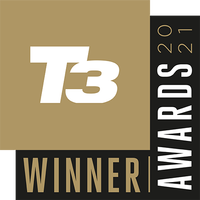
The LG G1 was the first model with LG's next-gen 'OLED evo' panel, which promised a little more brightness than most OLED TVs, and better colour accuracy. That's matched with the usual impeccable per-pixel brightness control, resulting in astounding HDR images – only the LG G2 can beat that.
It's also LG's best TV to date for detail and texture in images, thanks to a new version of LG's image processor. Native 4K footage looks incredibly sharp without being unnatural, and noise is reduced to impressibly low levels, so things look more lifelike. Upscaling from HD to 4K has also been improved, so whether you're watching something made for 4K or not, the LG G1 really makes the most of it. The same goes for motion processing, which is among the best in the business, helping everything flow smoothly without becoming artificial at all – it's especially improved for 24fps films, which is welcome.
It even sound impressive, partly due to new AI audio processing, which does a great job of lifting the audio away from the screen and feeling bigger than the image. And LG's webOS operating system remains among the best smart TV software for friendliness, usability and support for loads of streaming services and smart home features. Read our full LG G1 review for one why we rate this TV highly enough that it won both Best OLED TV and Best Gaming TV at the T3 Awards 2021.
The one major issue to know about? That it doesn't come with a stand of any kind. This ultra-thin design is made for wall-mounting (and it comes with special mount that enables it to sit with zero gap from the wall), but you can buy either a simple stand for putting it on a TV bench, or a fetching floorstanding 'Gallery' stand too. But you'll need to factor that into the price.
Why get an OLED TV?
The Best OLED TVs will blow your mind in terms of their display and brightness. OLED technology means the pixels emit their own light, rather than a backlight from an LED or LCD screen – making the picture much more crisp and far clearer than any other type of TV screen – cool right?
To dive into the inner workings of an OLED TV, you can check out our article 'What is OLED?', and you may also find it useful to read our OLED vs QLED guide to understand the difference between some of the tech.
What we also love about OLED TVs is how thin they are – making them much less chunky and easier to mount on the wall. However, being so thin, this does mean OLED TVs do sometimes compromise on sound. If sound is something you don’t want to compromise on, you should also check out the best soundbars to complete your setup.
Due to their fast pixel response, OLED TVs also make the best best gaming TVs and can support both PlayStation 5 and Xbox Series X – so if you’re a gamer, you’ll want to check these out too.
